Living in a box: incredible cardboard homes
lovemoney staff
15 December 2016
Box rooms
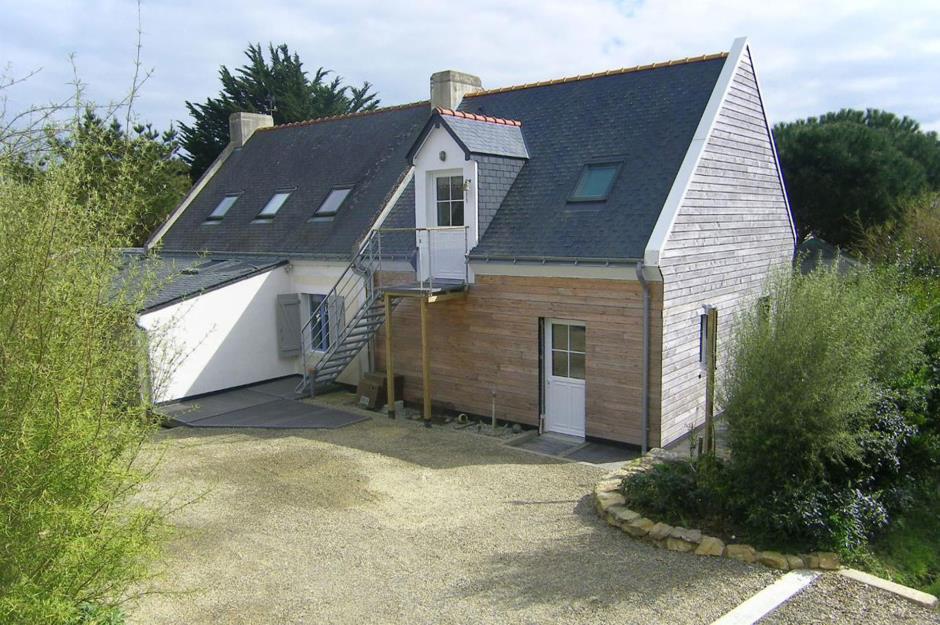
L'Îlot Carton
The ultimate eco-friendly living spaces, upcycled cardboard houses are cheap, quick to assemble and surprisingly resilient, not to mention super-warm and cozy. From ultra-sustainable dwellings in France to Japan's post-earthquake paper pad, check out our pick of cardboard homes from around the world.
Bat'Ipac Homes, France
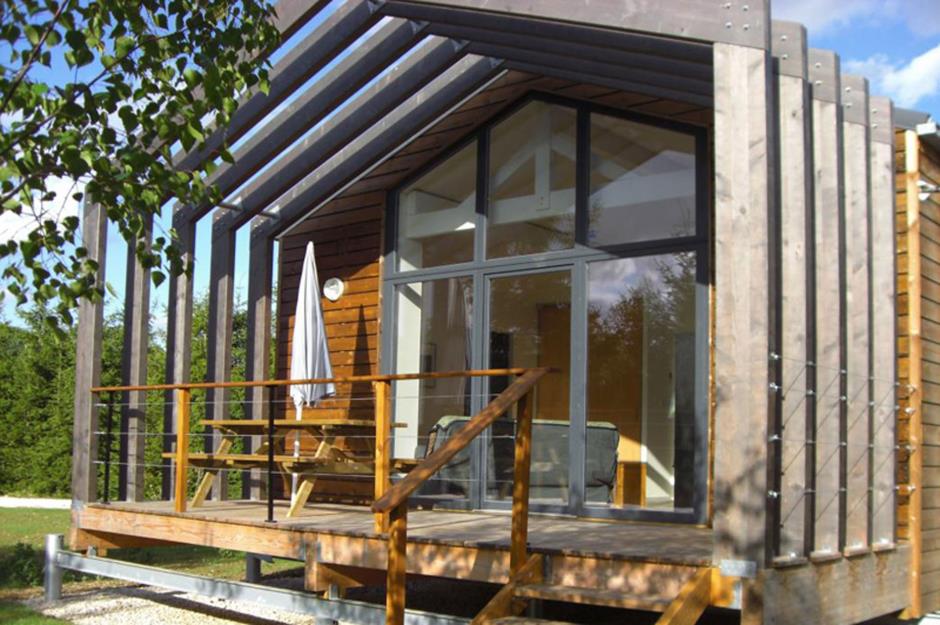
Bat'Ipac
French firm Bat'Ipac has pioneered the use of a special type of honeycomb cardboard invented by amateur architect Hubert Lê in 2005. The wonder material, which is 100% recycled and recyclable, is ultra hard-wearing, water-resistant and hypoallergenic, plus it provides excellent heat and sound insulation.
Bat'Ipac Homes, France
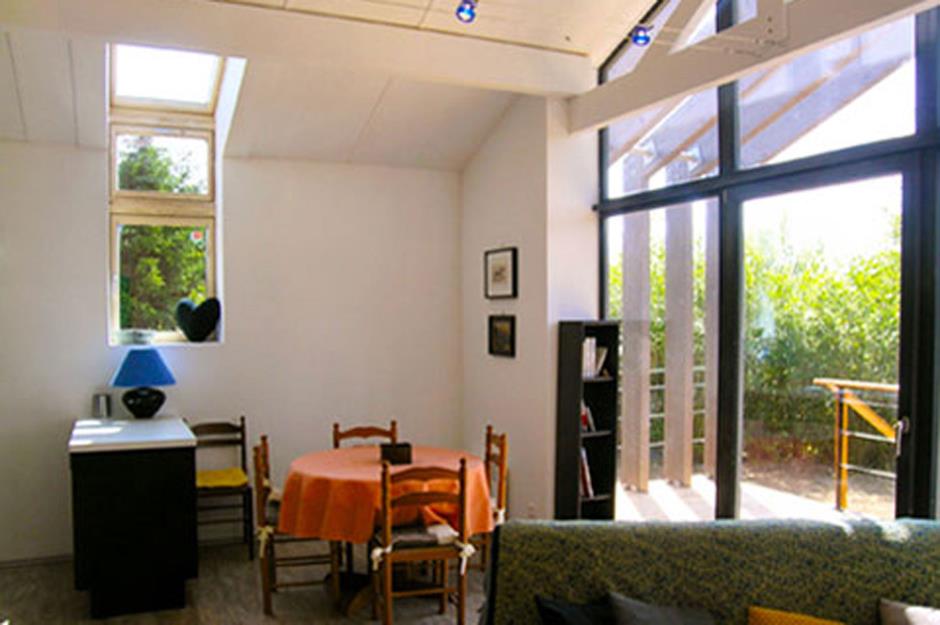
Bat'Ipac
The walls, floors and roof in a Bat'Ipac home are made from the special cardboard, which is sandwiched between thin sheets of chipboard and supported by a wooden frame. Remarkably insulating, the snug homes can maintain an internal temperature of 21⁰C (70⁰F), even when it's as cold 5⁰C (42⁰F) outside.
Bat'Ipac Homes, France
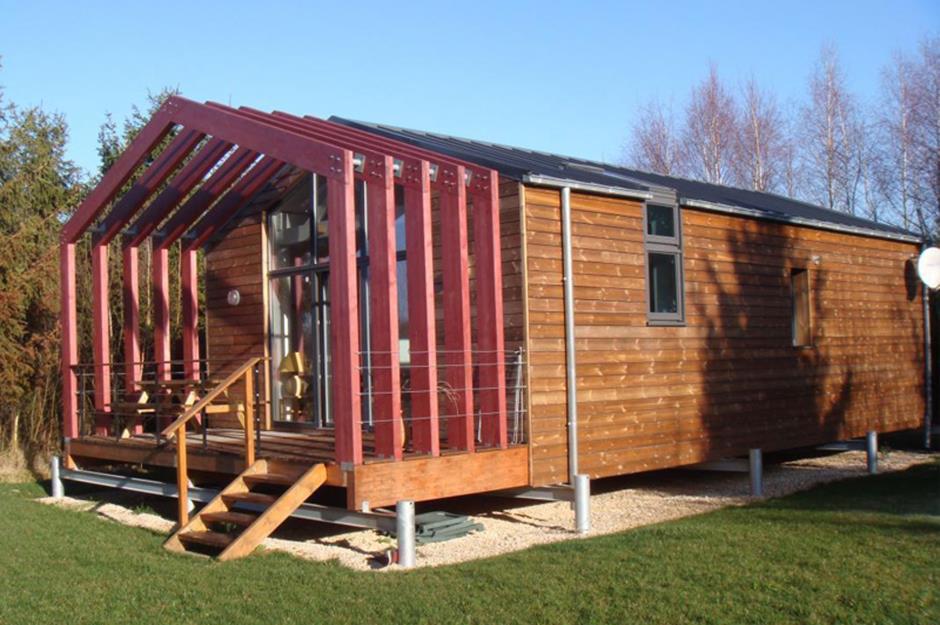
Bat'Ipac
The first Bat'Ipac buildings were commissioned by a horse-riding center on the outskirts of Paris and completed in December 2010. The simple boxy structures were speedily assembled in under three months – homes built using the special cardboard-based material are extra fast to construct.
Bat'Ipac Homes, France
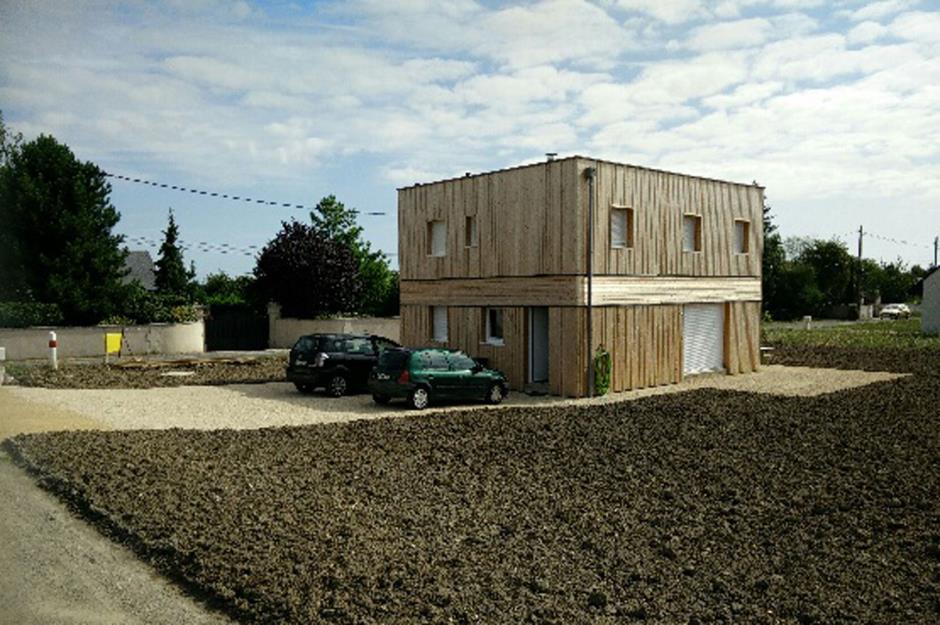
Bat'Ipac
Adding to their many virtues, Bat'Ipac homes are cheap to build, too. They range from around $800 (£640) to $1,500 (£1,170) per square meter. To date, there are a dozen Bat'Ipac structures in France, ranging from modest extensions to this family-sized home in the Loire Valley.
Bat'Ipac Homes, France
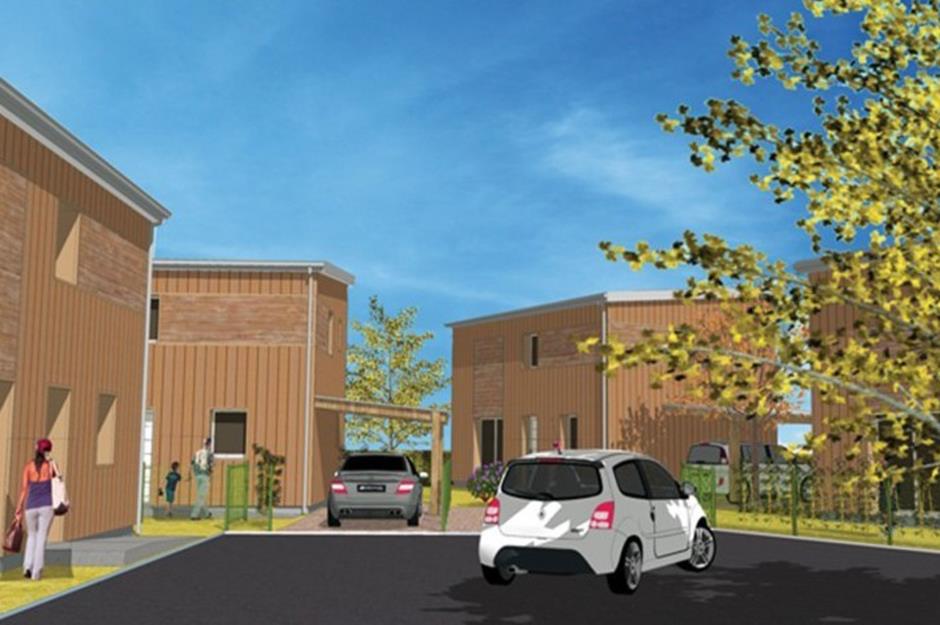
Bat'Ipac
The company's most ambitious project, Kaysersberg Ecoquartier, is a proposed sustainable housing estate in Alsace, eastern France. The project will consist of a number of cardboard homes and community-focused buildings.
L'Îlot Carton Guesthouse, France
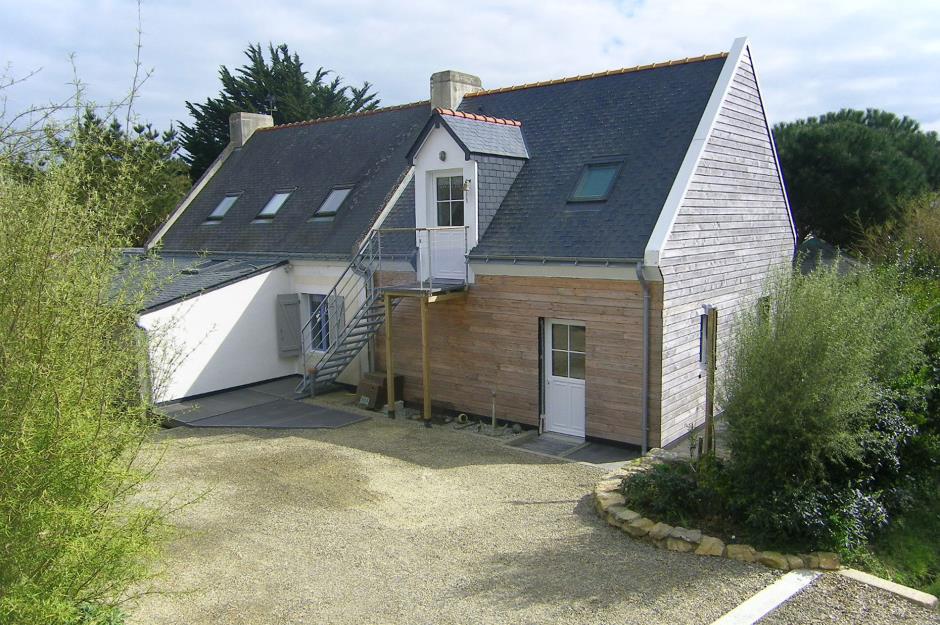
L'Îlot Carton
A homage to all things cardboard, this one-bedroom Bat'Ipac home extension guesthouse was built in 2013. Located on Belle-Île, a windswept island off the coast of Brittany, the tougher than it looks structure has weathered its fair share of fierce Atlantic storms.
L'Îlot Carton Guesthouse, France
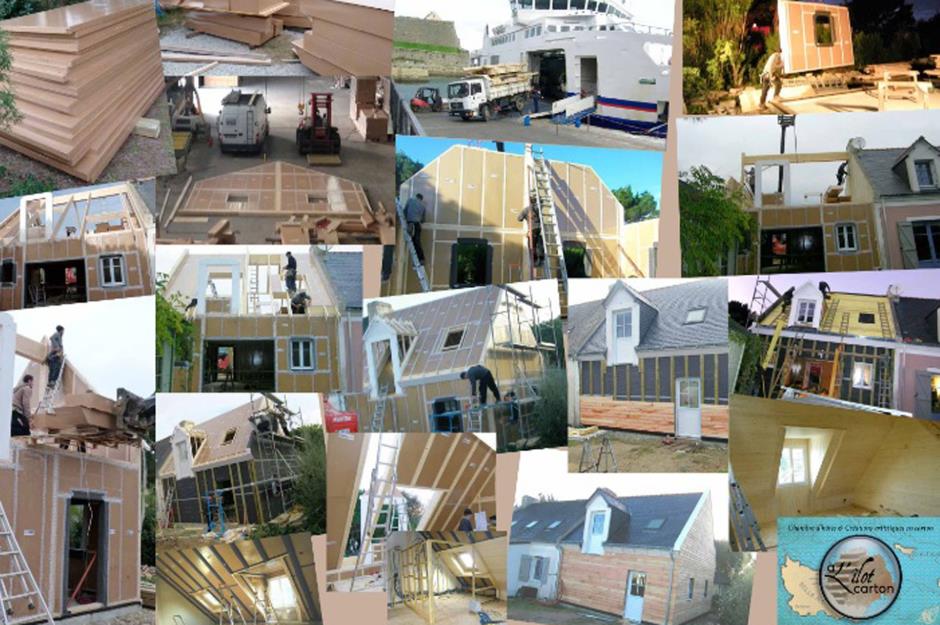
L'Îlot Carton
The guesthouse was built by eco construction firm Terra Nova using the special Bat'Ipac material, and completed in under a year, despite delays to the project caused by a succession of damaging storms. The total cost of the project? Only $75,000 (£60k).
L'Îlot Carton Guesthouse, France
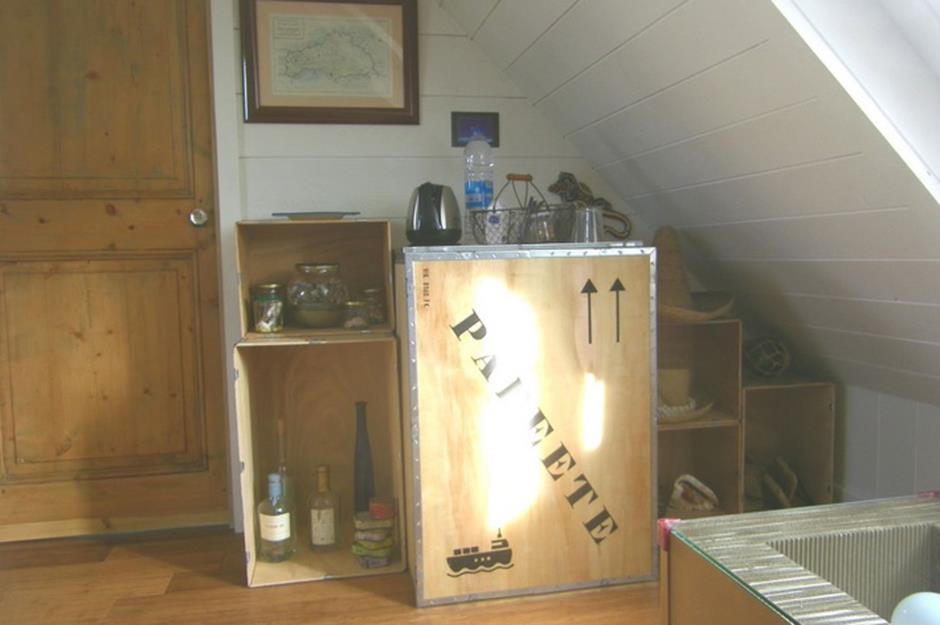
L'Îlot Carton
The owners of L'Îlot Carton are big on sustainability. Furnishings are made from recycled and reclaimed materials, particularly reinforced cardboard, and the home is totally non-toxic – all paint, varnish and similar coatings are natural and free from dubious chemicals.
L'Îlot Carton Guesthouse, France
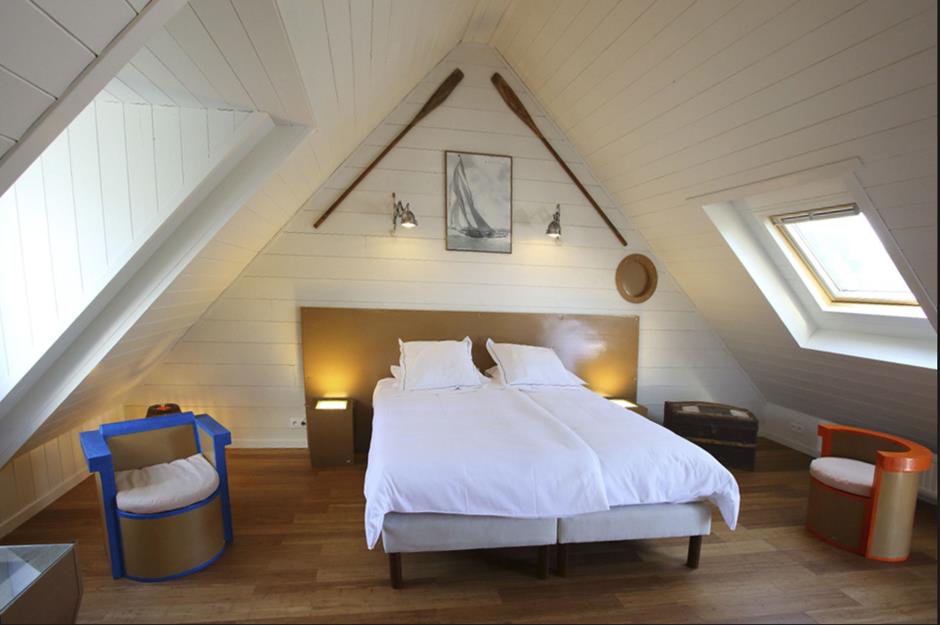
L'Îlot Carton
Cheap to run as well as to build, L'Îlot Carton takes energy efficiency to the extreme, using very little energy to function. The entire home can be recycled if necessary, further bolstering its eco credentials.
L'Îlot Carton Guesthouse, France
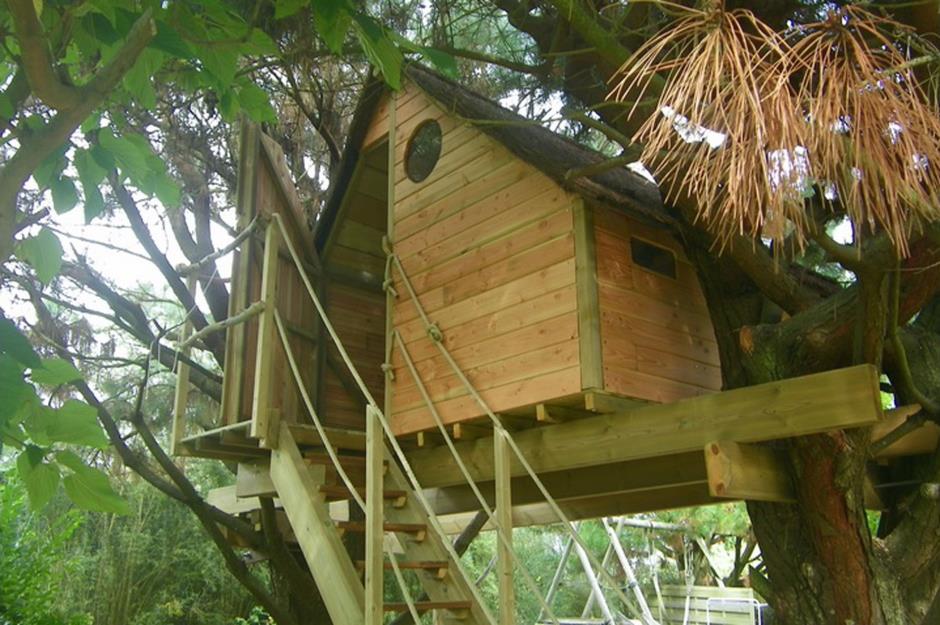
L'Îlot Carton
If you're curious about living in a sustainable cardboard home, why not try before you buy? L'Îlot Carton is available to rent out from $84 (£67) a night. The price includes breakfast and the use of a charming treehouse bedroom.
Wikkelhouse, the Netherlands
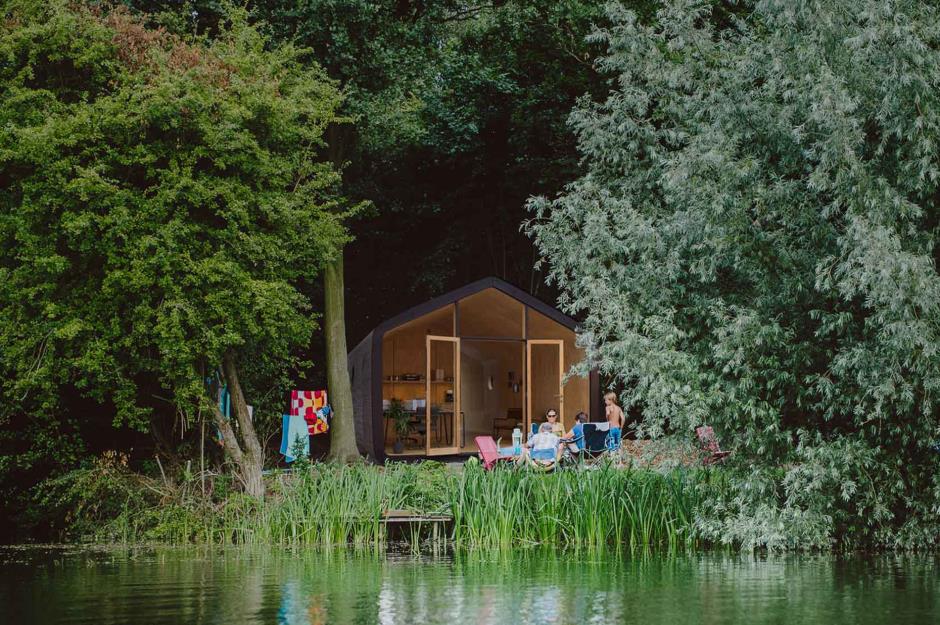
Wikkelhouse
Created by Dutch studio Fiction Factory, Wikkelhouse is an eco modular home made from segments of reinforced cardboard. Refreshingly affordable, the cutting-edge dwelling starts from just $26,000 (£21k).
Wikkelhouse, the Netherlands
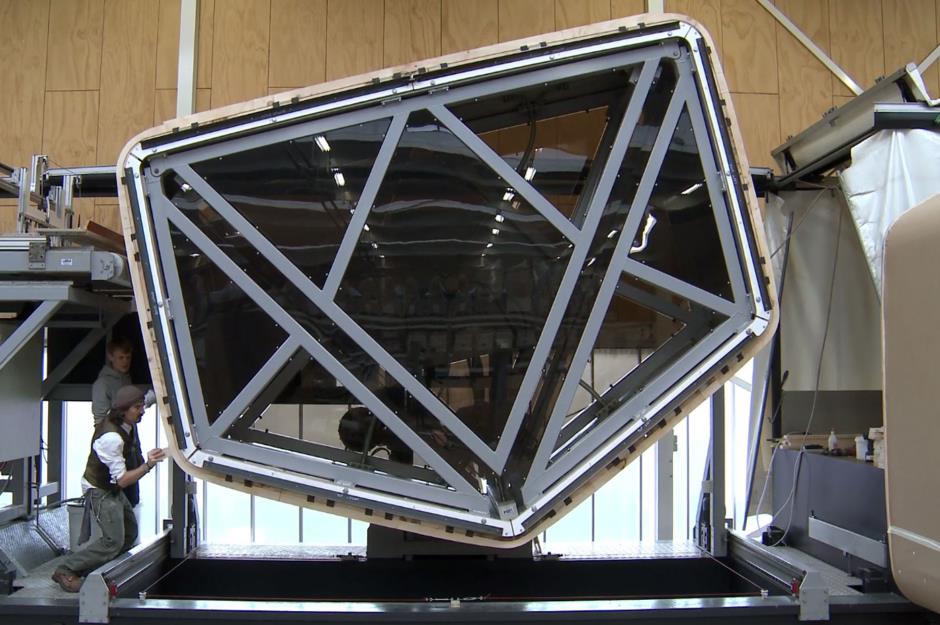
Wikkelhouse
The unique module-making process was developed over four years and uses a huge rotating house-shaped mould. Sheets of cardboard are wrapped around the mould and bounded together with eco-friendly superglue, forming an extremely strong, ultra-insulated structure.
Wikkelhouse, the Netherlands
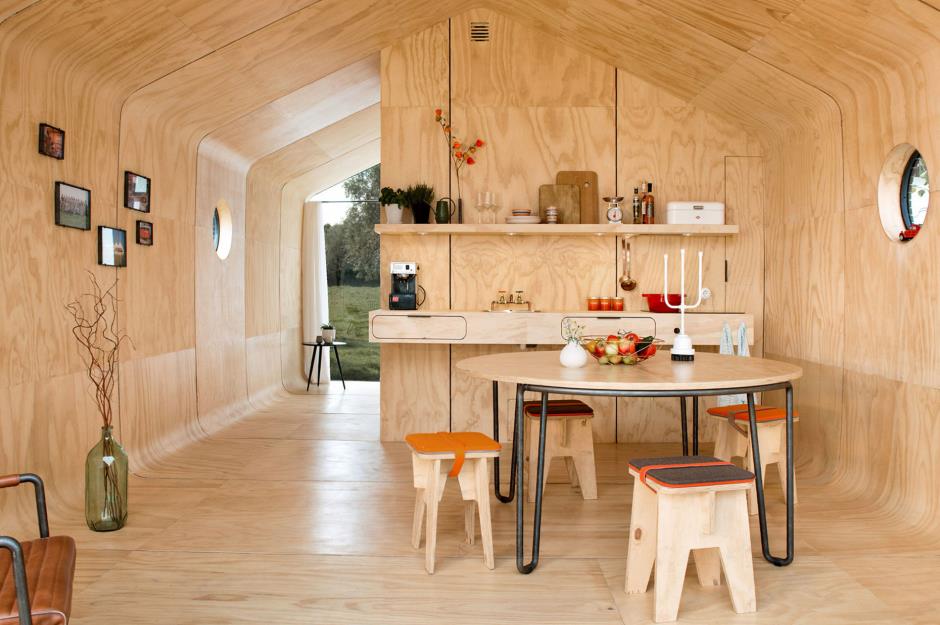
Wikkelhouse
Each Wikkelhouse is custom-made at the Fiction Factory studio in Amsterdam. Thanks to its module design, you can choose exactly how large you'd like your Wikkelhouse to be, and incorporate a kitchen, bathroom and wood-burning stove should you so wish.
Wikkelhouse, the Netherlands
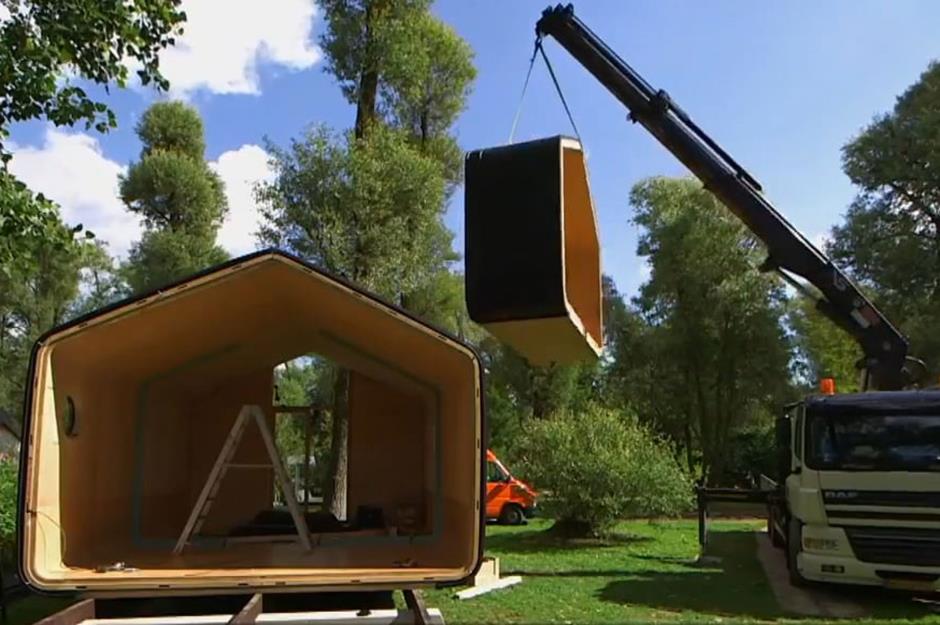
Wikkelhouse
Can't stand waiting for things? You won't have to wait for a Wikkelhouse. Upon completion, Fiction Factory will deliver your Wikkelhouse to the desired location and assemble the structure within a day. The house is so lightweight it requires zero foundations.
Wikkelhouse, the Netherlands
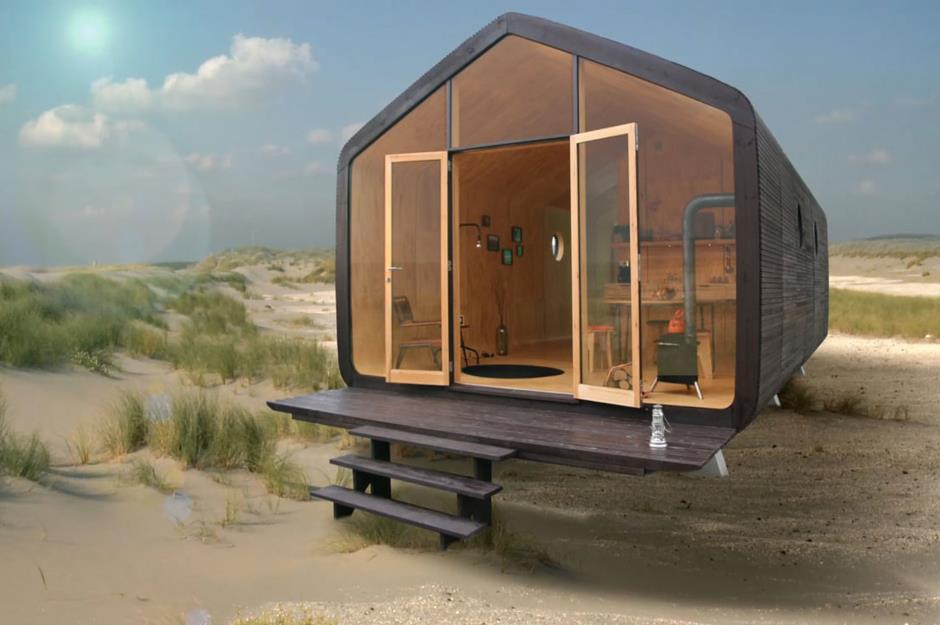
Wikkelhouse
Wikkelhouse is all about sustainability. Each fuel-efficient home is built using materials that have a minimal impact on the environment, and the segments are completely recyclable. According to the manufacturer's blurb, Wikkelhouse is three times more eco-friendly than a conventional home.
The Cardboard House, Australia
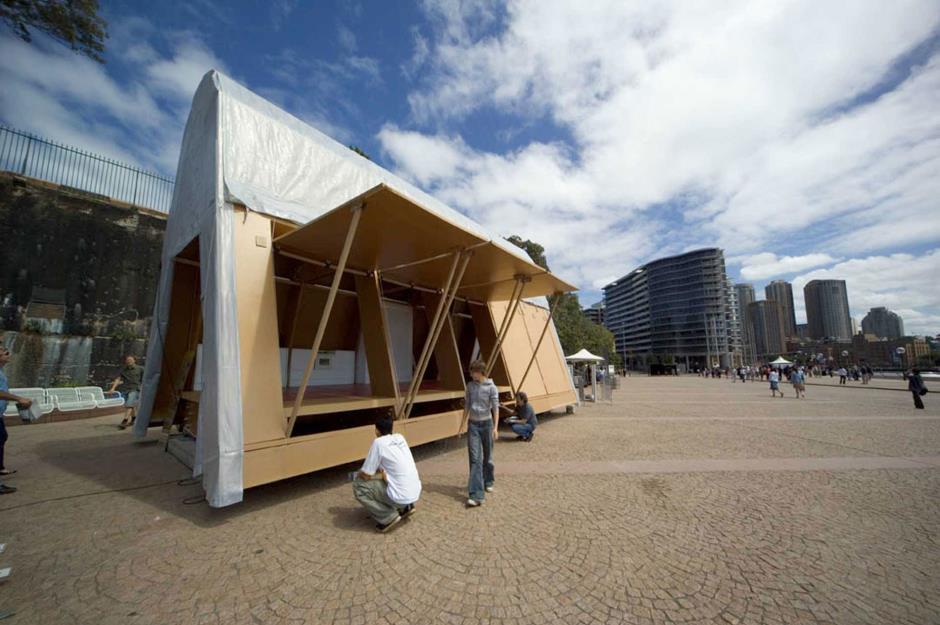
Richard Smith Architect
This clever cardboard house featured at the Houses of the Future exhibition at the Melbourne Docklands in 2004. Rocking a bargain price tag of $26,000 (£21k), the environmentally sensitive home is made from 85% recycled and 100% recyclable materials.
The Cardboard House, Australia
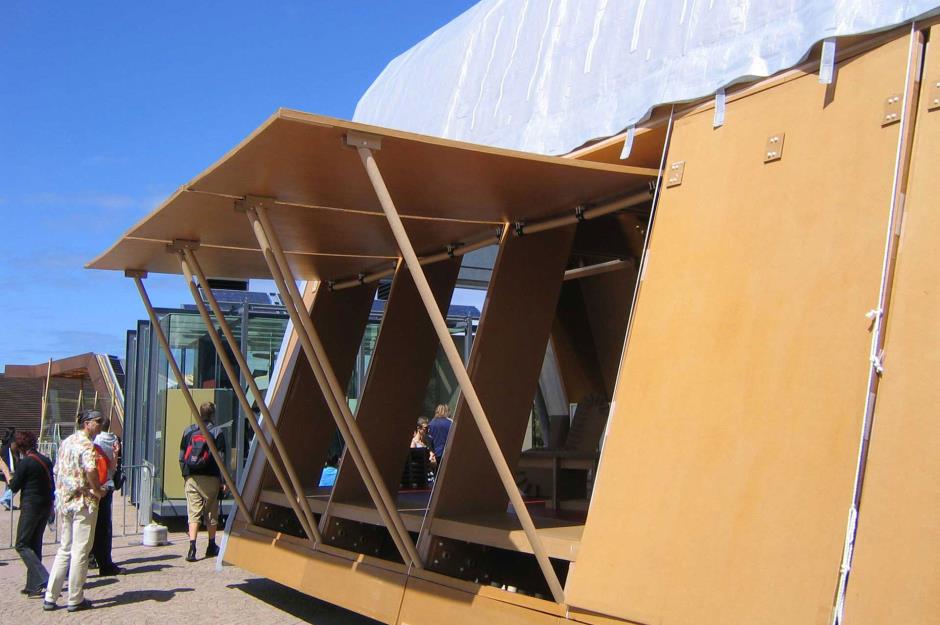
Richard Smith Architect
A collaboration between the Ian Buchan Fell Housing Research Unit and a group of architects including Peter Stutchbury and Richard Smith, the house is made pretty much entirely out of cardboard, which is protected from the elements by a recyclable plastic coating.
The Cardboard House, Australia
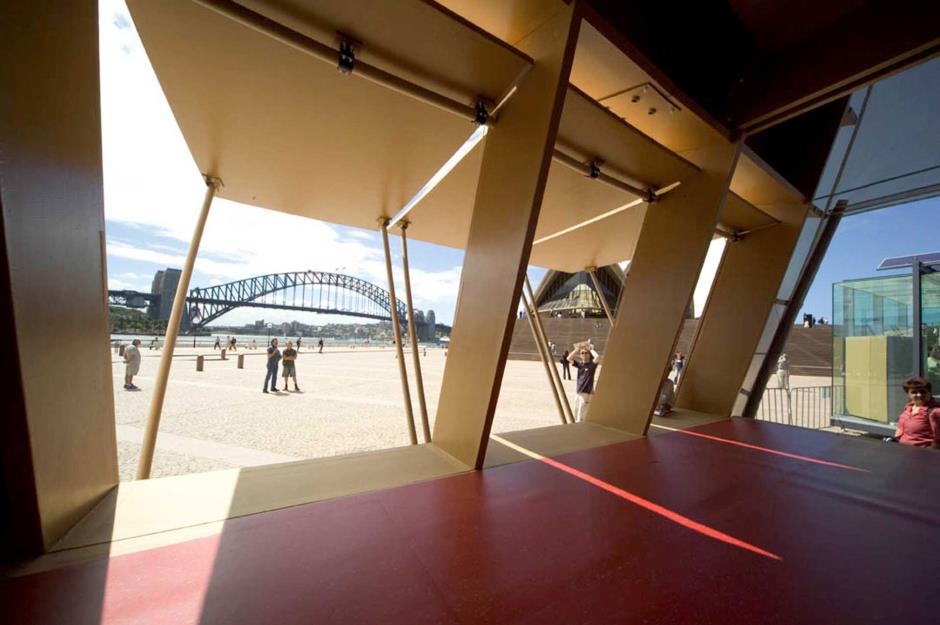
Richard Smith Architect
Like Bat'Ipac Homes and the Wikkelhouse, the Cardboard House is incredibly fast to construct. The home can be set up by two people in just six hours – that's a whole house built in a morning or afternoon.
The Cardboard House, Australia
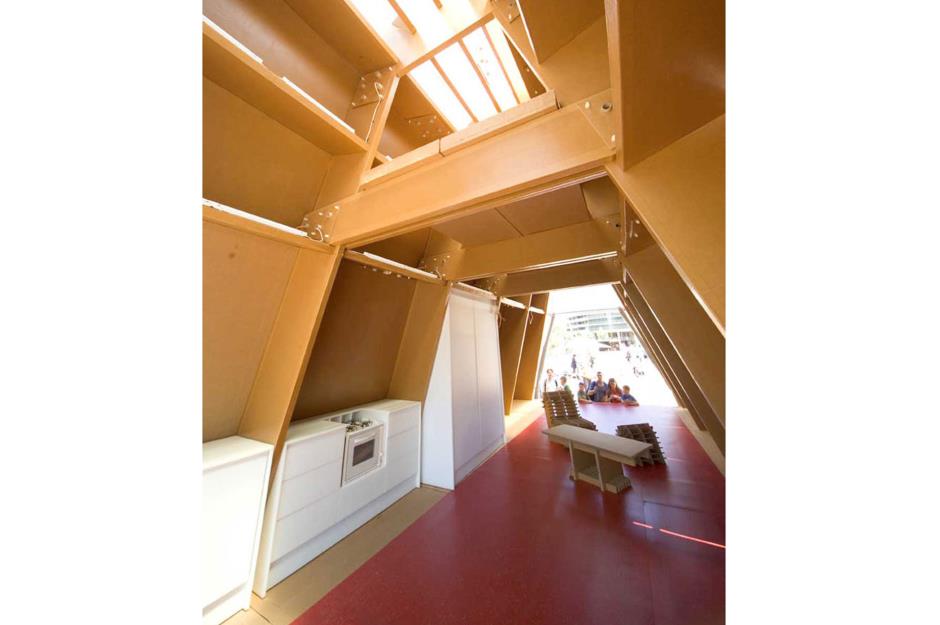
Richard Smith Architect
There's plenty of living space in the Cardboard House and ample room for a kitchen and bathroom if necessary. Maximizing the space, the spacious tent-like interior also features a mezzanine sleeping loft.
The Cardboard House, Australia
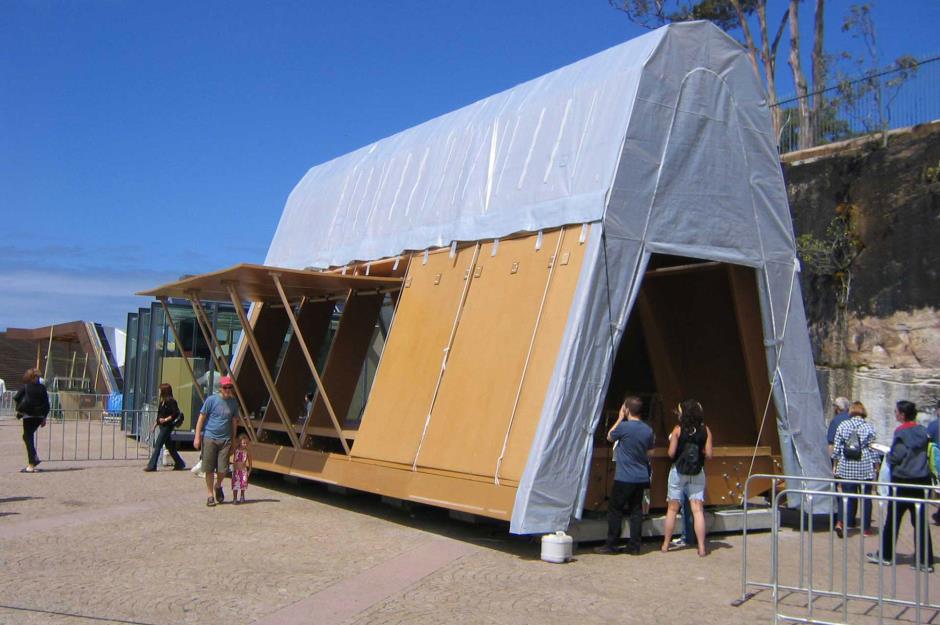
Richard Smith Architect
While it is built to last, the Cardboard House has been designed to act as a temporary structure rather than a permanent home. It would be the ideal place to stay if, for instance, your home was being renovated.
The Octagon Post-Earthquake House, Japan
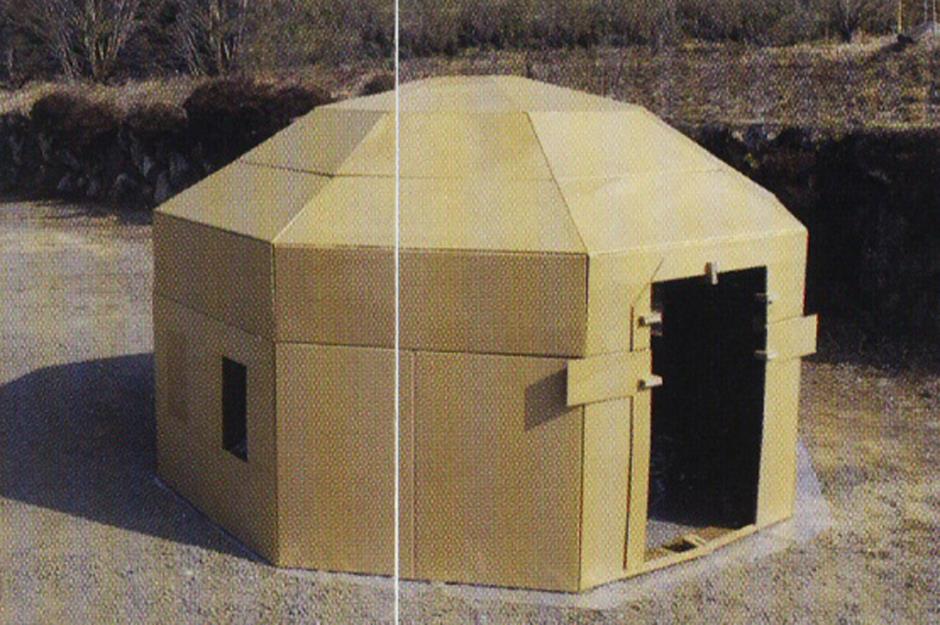
Courtesy the Octagon via Longcountdown
Robust, quick to assemble, and resistant to seismic tremors, cardboard houses are used in Japan as temporary shelters for people who have lost their homes following an earthquake. This octagon-shaped house is a prime example.
The Octagon Post-Earthquake House, Japan
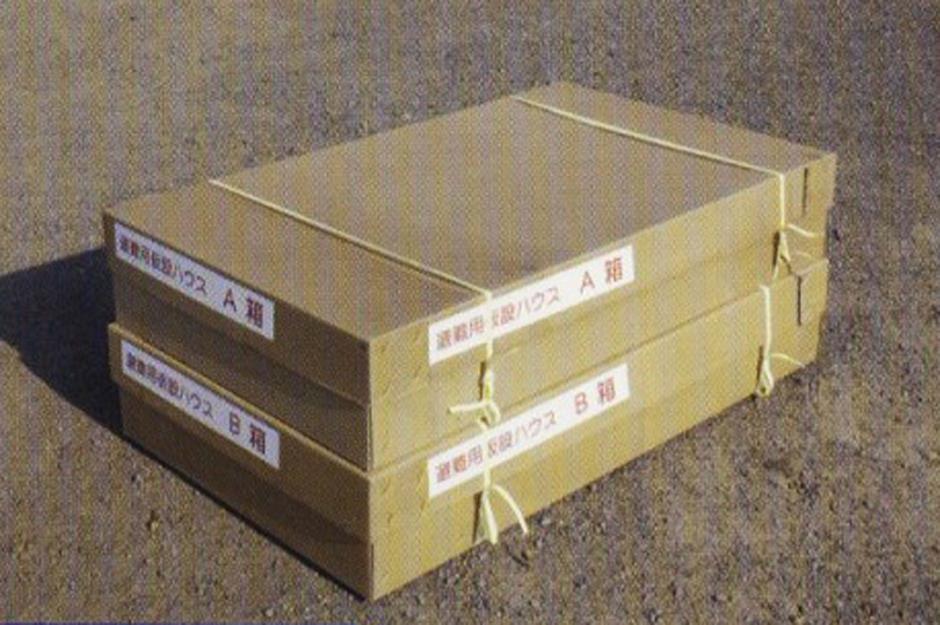
Courtesy the Octagon via Longcountdown
The Octagon retails for $1,300 (£1k) and is delivered to the customer in two relatively tiny boxes weighing just 41 kilos each. The house is stored in the boxes and can be easily assembled when the need arises.
The Octagon Post-Earthquake House, Japan
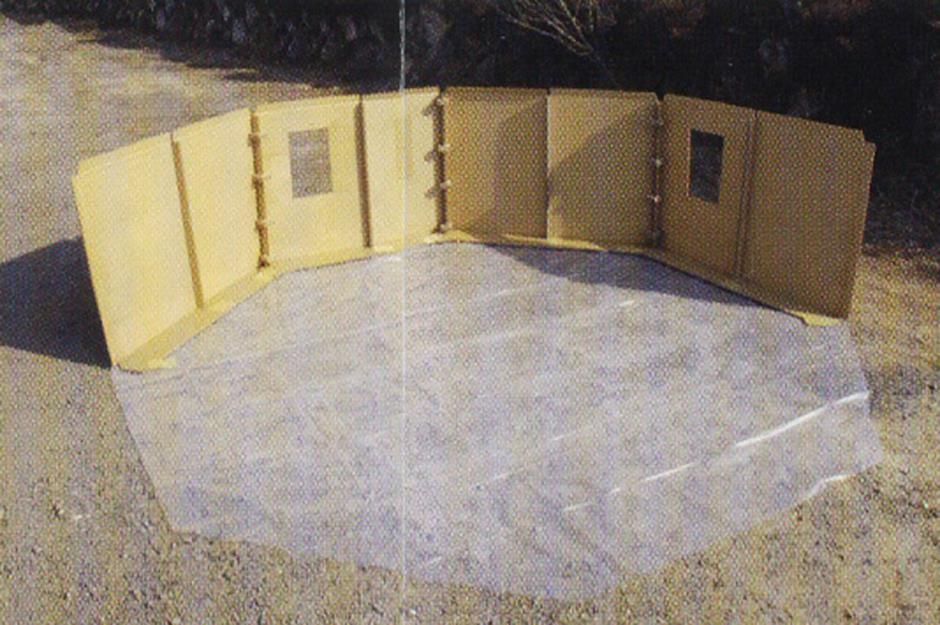
Courtesy the Octagon via Longcountdown
You don't need bags of building experience or a degree in engineering to assemble the Octagon. Erecting the house requires very little skill and the whole project can be finished in as little as three hours.
The Octagon Post-Earthquake House, Japan
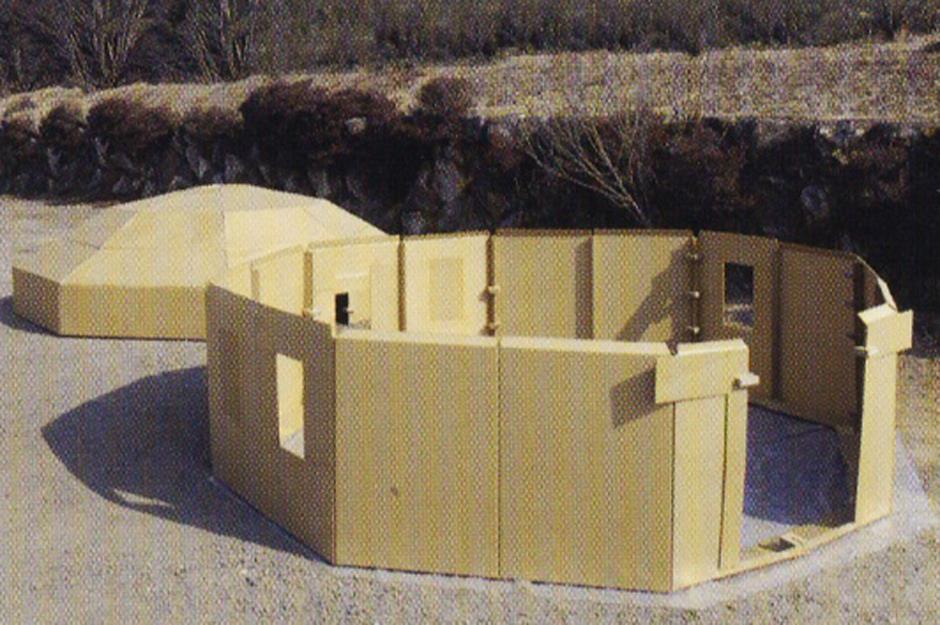
Courtesy the Octagon via Longcountdown
It's simply a case of slotting together the cardboard panels to make the wall. Then you do the same with the roof panels and attach the roof to the walls. The floors are made from tatami mat-like panels.
The Octagon Post-Earthquake House, Japan
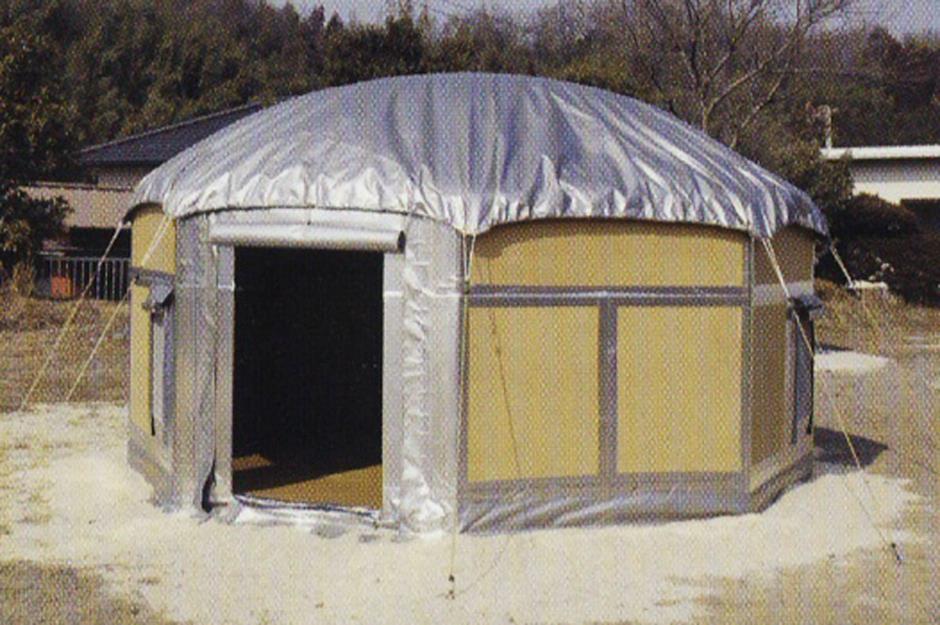
Courtesy the Octagon via Longcountdown
Unlike Bat'Ipac Homes, Wikkelhouse or the Cardboard House, the cardboard used in the Octagon isn't waterproof, so the house needs to be covered with waterproof sheets to protect it from the rain.
The Paper-Brick House, China
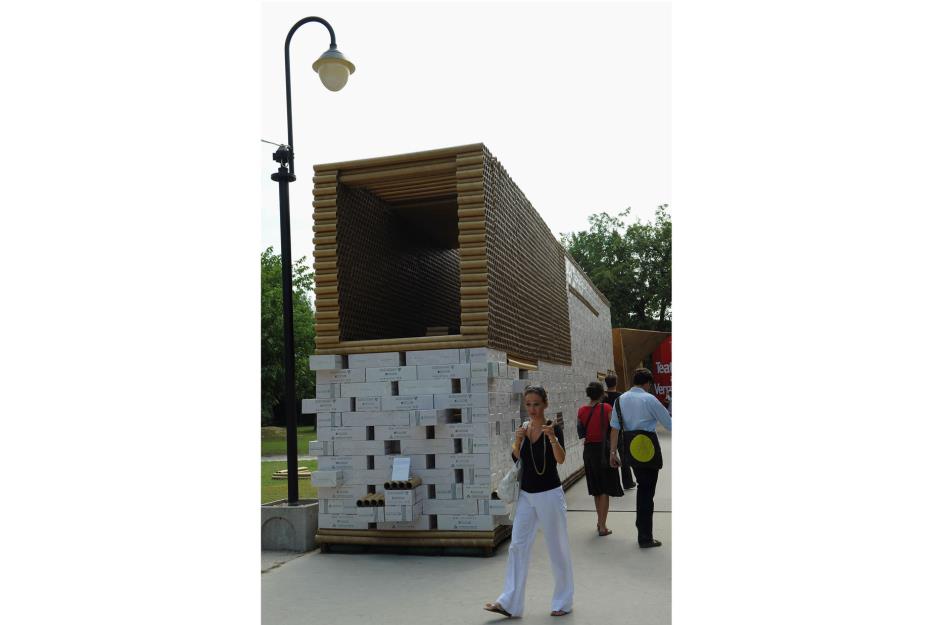
Vincenzo Pinto/Getty
Designed in response to the 2008 Sichuan earthquake, this cardboard house is the handiwork of Li Xinggang, one of China's most prestigious architects. It featured at the Venice Architecture Biennale the same year.
The Paper-Brick House, China
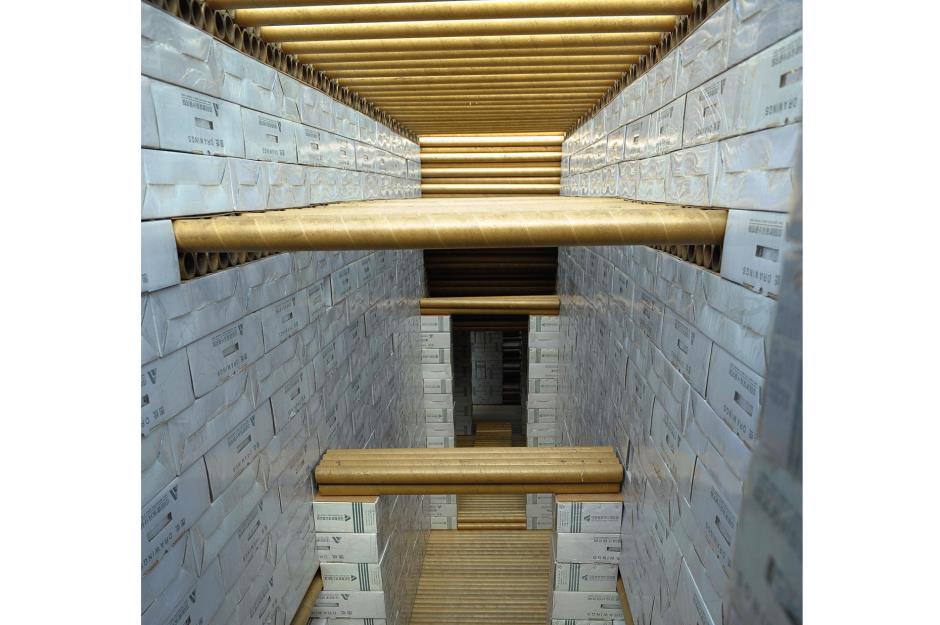
Vincenzo Pinto/Getty
The temporary post-earthquake house, which takes almost next to no time to assemble, is composed in its entirety of regular cardboard boxes and tubes, which are held together by adhesive tape.
The Paper-Brick House, China
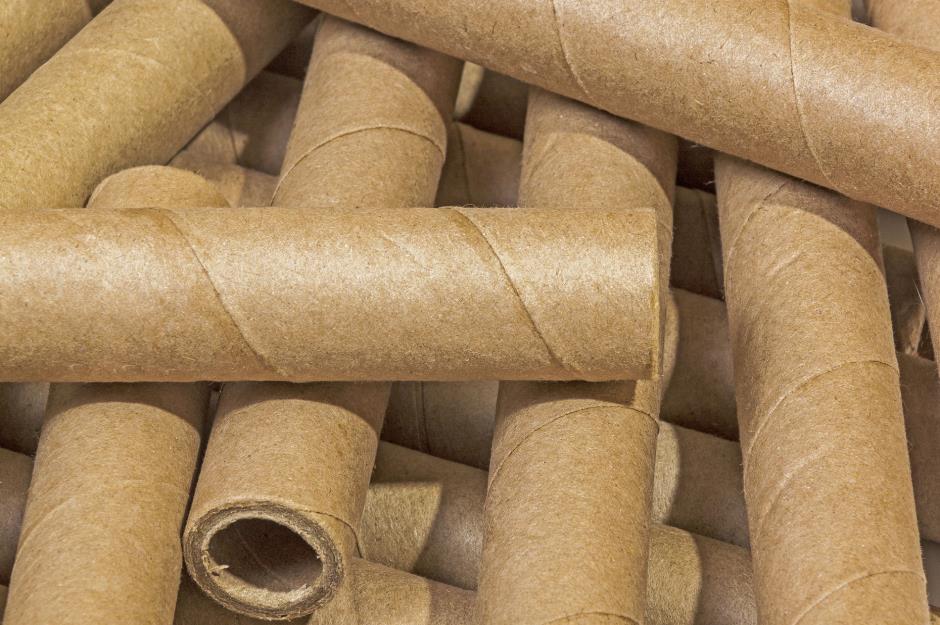
Shutterstock
The paper-filled cardboard boxes take the place of masonry bricks and provide decent insulation, while a plethora of cardboard tubes support the structure with the help of some strategically-placed sticky tape.
The Paper-Brick House, China
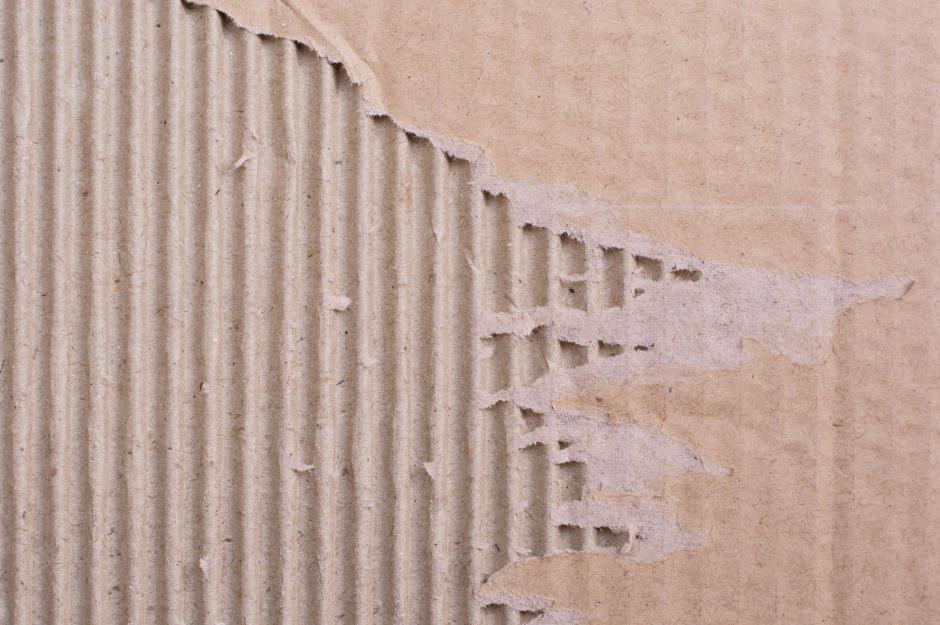
NaMaKuKi/Shutterstock
The house is arranged over two floors and is surprisingly light and airy. Although it looks like it could turn into a pile of mush after a heavy rain shower or two, the paper-brick house is protected by a water-resistant coating.
The Paper-Brick House, China
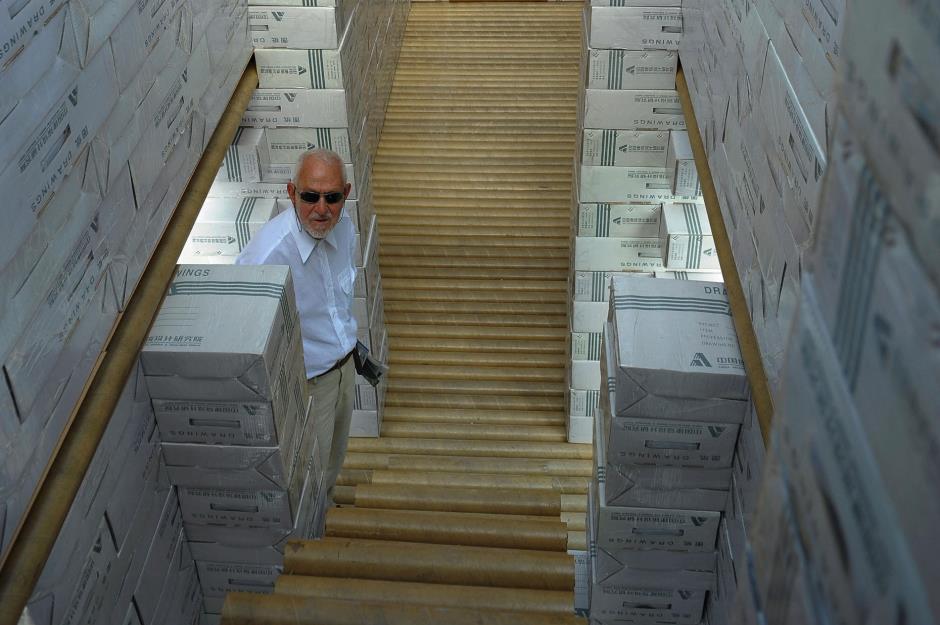
Vincenzo Pinto/Getty
To give the inhabitants a sense of continuity and reassurance In difficult times, the architect has nodded to traditional Chinese architecture by incorporating time-honored features such as a central courtyard.
Comments
Be the first to comment
Do you want to comment on this article? You need to be signed in for this feature